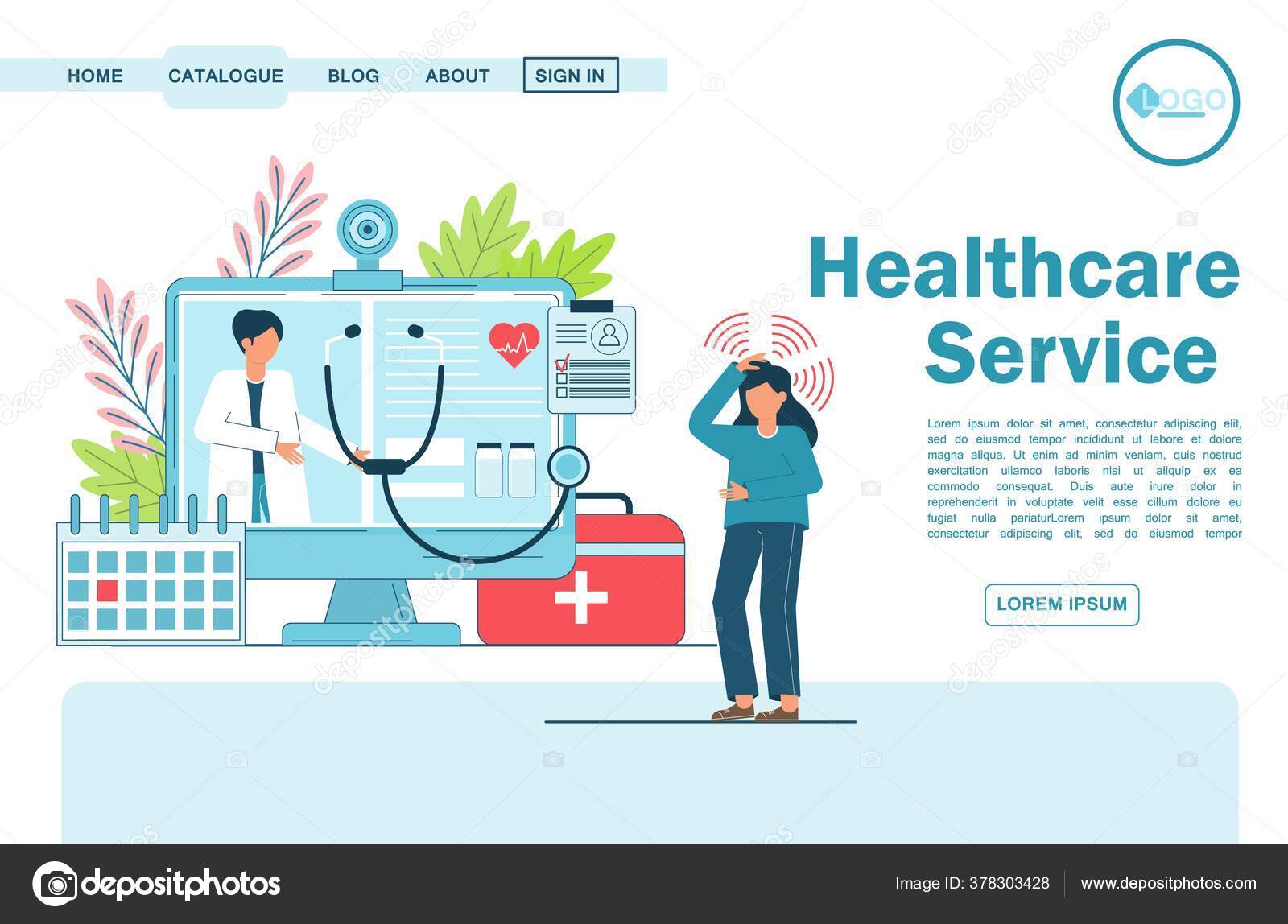Recognizing the Cost-Effectiveness of Subscription-Based Health Care Designs
As the medical care landscape advances, subscription-based designs emerge as a compelling option, guaranteeing to redefine just how people manage clinical costs. Evaluating these designs' cost-effectiveness requires a nuanced comparison with typical insurance, taking into consideration both financial ramifications and client satisfaction. While they supply openness and predictability in expenses, questions remain about their capacity to meet diverse medical care demands, particularly for specialized therapies. The point of views of healthcare service providers additionally complicate this formula, providing a diverse challenge. What does the future hold for these designs, and can they truly provide on their assurance of available, economical care?
Summary of Subscription-Based Models
Subscription-based medical care designs, sometimes referred to as straight health care or attendant medicine, are significantly getting attention as a prospective remedy to ineffectiveness within conventional healthcare systems. These versions operate the principle of offering patients straight accessibility to doctor with a monthly or yearly charge, bypassing the need for standard insurance coverage mechanisms. This arrangement aims to improve patient-provider communications by reducing management concerns, which frequently prevent customized and timely treatment.
At the core of subscription-based designs is the focus on a more tailored person experience. People gain from improved accessibility to their doctors, frequently including same-day or next-day consultations, expanded consultation times, and straight interaction networks such as phone or video clip calls. This version cultivates a proactive technique to medical care, where suppliers and individuals can collaboratively concentrate on preventative care and chronic condition administration.

Cost Comparison With Standard Insurance

One of the primary economic advantages of membership designs is openness in costs. On the other hand, conventional insurance coverage may be more beneficial for individuals needing specialized care or costly therapies not covered under a membership design, as they benefit from the broader insurance coverage network and cost-sharing mechanisms.
However, cost-effectiveness is context-dependent. While registration designs may use savings for those mainly requiring health care, people with persistent conditions or specialized healthcare demands may discover traditional insurance extra thorough. For that reason, examining certain health care requirements and possible use is vital in identifying the most cost-efficient choice for individuals.
Influence On Client Contentment
Client complete satisfaction within subscription-based health care designs often mirrors a significant improvement over conventional insurance systems. This improvement is primarily connected to the individualized care and access these models offer. Clients frequently report greater complete satisfaction due to minimized delay times and the convenience of scheduling appointments. Unlike standard systems, where individuals might experience delays in receiving care, subscription-based designs make sure more straight and timely interactions with doctor.
Furthermore, the transparency in expenses connected with subscription-based health care relieves the common frustrations connected to unforeseen charges and complex payment processes seen in traditional insurance policy (subscription based healthcare). Individuals value understanding the specific economic next dedication upfront, resulting in raised depend on and self-confidence in their health care monitoring
Furthermore, the focus on preventative care and wellness in membership designs adds to improved health results, additionally improving patient complete satisfaction. By concentrating on continuous health care instead than anecdotal treatment, people experience an even more continuous and alternative health care trip.
In addition, the enhanced provider-patient connection cultivated in these versions, defined by more time spent per individual and individualized focus, plays an important role in boosting client satisfaction levels, as clients feel really taken care of and comprehended.
Provider Point Of Views and Experiences
From the company's point of view, subscription-based medical care designs offer a transformative approach to providing clinical solutions. These models stress a preventative and aggressive healthcare approach, enabling providers to concentrate on detailed individual care without the restraints of standard fee-for-service plans (subscription based healthcare). This shift in emphasis usually leads to improved person results and enhanced company complete satisfaction, as healthcare professionals can assign more time and resources to individual engagement and customized care strategies
Additionally, subscription designs promote foreseeable profits streams, which enhance financial stability for health care providers. This predictability enables boosted source preparation and allotment, adding to an extra effective healthcare shipment system. Companies can invest in team framework, modern technology, and training enhancements, therefore improving the quality of treatment supplied.
Nevertheless, the transition to subscription-based versions is not without difficulties. description Regardless of these difficulties, lots of carriers locate that the benefits of increased individual communication and streamlined procedures outweigh the first obstacles, making subscription-based models an eye-catching alternative.
Future Leads and Obstacles

A main difficulty is regulative compliance, as registration models have to abide by evolving medical care policies and insurance policy demands. This demands continuous adaptation and technology to guarantee positioning with lawful requirements. In addition, incorporating these models right into existing healthcare frameworks can be intricate, needing considerable financial investments in modern technology and training.
There is likewise the possible risk of producing inequities in health care access, as registration models could favor those who can afford them, leaving prone populations underserved. Addressing this calls for thoughtful factor to consider of rates techniques and aid systems to ensure inclusivity.
Conclusion
Subscription-based medical care models provide a viable option to typical insurance policy by supplying monetary predictability and transparency, specifically benefiting individuals with persistent conditions or regular medical care needs. The cost-effectiveness of these versions rests upon private health care usage patterns and conditions. While they might enhance person satisfaction and improve budgeting, obstacles stay in addressing specialized treatment needs. Future factors to consider consist of balancing comprehensive protection with price and integrating these models within the wider medical care system for optimum results.
Subscription-based medical care models, often referred to as direct key treatment or attendant medication, are significantly gaining focus as a possible option to ineffectiveness within traditional health care systems. Unlike conventional systems, where people could experience delays in getting treatment, subscription-based models make certain even more timely and straight communications with health care carriers.
These versions emphasize a preventative and positive medical care method, permitting providers to focus on comprehensive person treatment without the constraints of standard fee-for-service arrangements. As these models continue to gain grip, they provide the prospective to reinvent individual access to care, simplify service delivery, and optimize healthcare investing.Subscription-based medical care click for source designs offer a practical option to standard insurance policy by supplying monetary predictability and openness, especially benefiting individuals with chronic conditions or regular health care requirements.